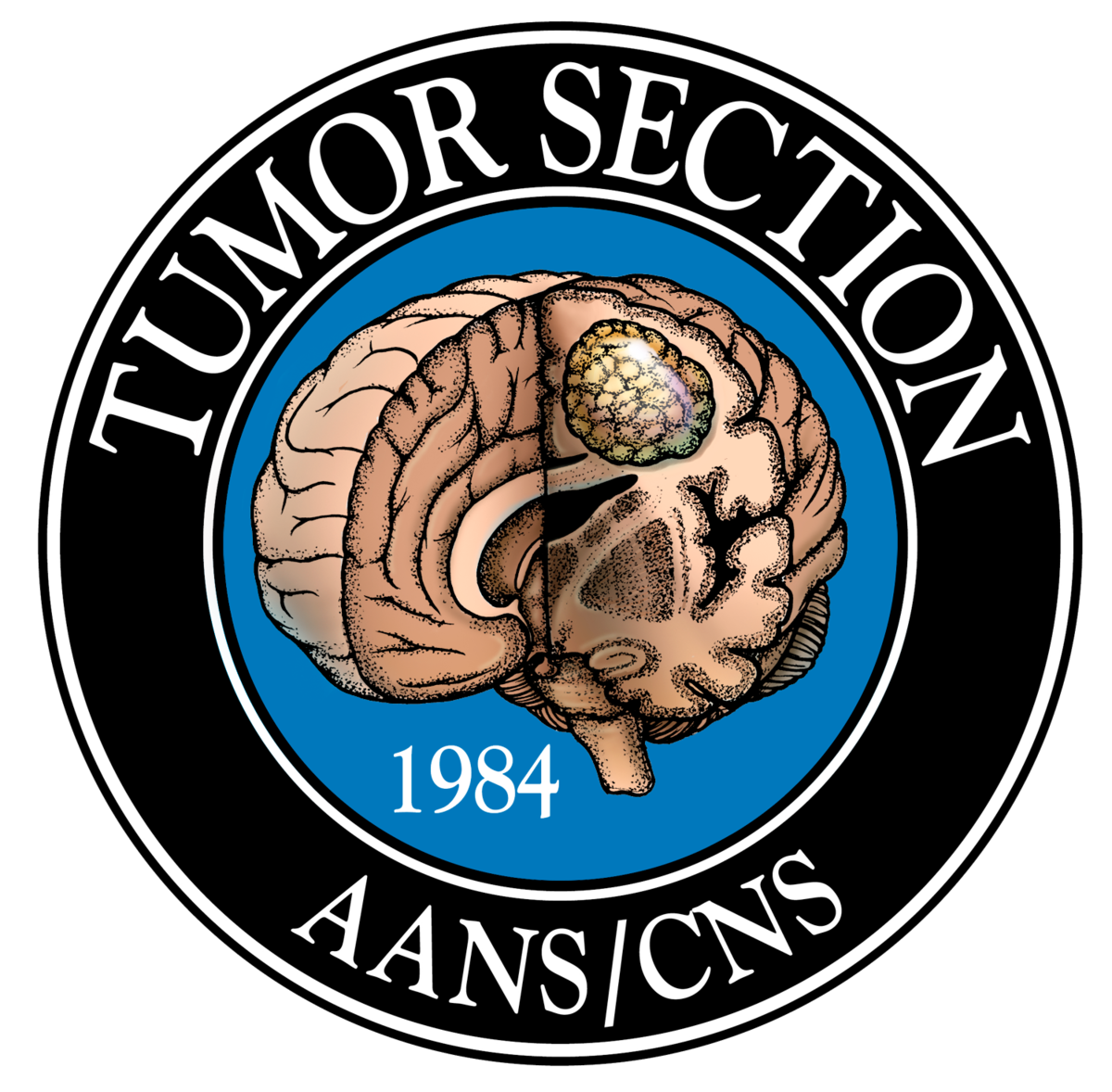As of June 2017, 5-ALA is approved for use by the FDA as an intraoperative optical imaging agent for the visualization of suspected World Health Organization (WHO) grade III or IV high-grade gliomas (HGGs). With the U.S. commercial launch of 5-ALA in October of 2018, neurosurgeons now can actually utilize 5-ALA with their patients for fluorescence-guided surgery (FGS). Here are the top 10 questions our Tumor Section members face with 5-ALA FGS in their practice:
- Is there specific training involved for the use of 5-ALA and FGS?
There is an online training module available with a question examination that needs to be completed, based on recommendations by the FDA. - Will I need a specific microscope for use of 5-ALA and FGS?
Yes, you will need a microscope equipped with the particular blue light filter (e.g. Blue 400) that will enable the fluorescence visualization of tumor tissue after 5-ALA administration. The major microscope companies all have models that permit the use of 5-ALA. Older scopes can be fitted with the appropriate fluorescence filter. - What tumor types can I use 5-ALA for?
The FDA label states that any suspected new or recurrent high-grade glioma (HGG) patient is eligible for 5-ALA FGS. HGG patients include those with anaplastic astrocytoma (AA), anaplastic oligodendroglioma (AO), anaplastic ependymoma, gliosarcoma and glioblastoma (GBM) tumors. Other tumor types also fluoresce well after 5-ALA administration and those tumor types include meningiomas (WHO grade I, II, and II), ependymomas (WHO grade I and II), subependymomas, hemangioblastomas, germ cell tumors and primary CNS lymphoma. These tumor types are currently being studied for use with 5-ALA and are off-label. - What is the 5-ALA dose administered to a patient with a suspected HGG?
Each patient should be administered 5-ALA in a single oral dose at 20 mg/kg. Each vial of 5-ALA is in powder form and is reconstituted by the pharmacy in 50 ml of water for a total of 30 mg/ml and 1500 mg total of drug. - How long do I wait after oral administration of 5-ALA to my patients and surgery?
The drug label states 5-ALA should be orally administered 3 h (2-4 h) before surgery. Administration of 5-ALA too early will not permit proper visualization of tumor fluorescence. Waiting at least 3 h prior to the initiation of skin incision is best. If your surgery ends up starting after 3 h, do not panic as tumor fluorescence can be visualized well even 8-12 h after administration. - Do I need to have my 5-ALA case be the second OR case for the day due to the 3 h wait?
Not necessarily. The 5-ALA can be mixed by the pharmacy in water for 24 h prior to administration. For a 7:30 a.m. start, you can administer 5-ALA at 5 a.m. and be in good shape for use after 8 a.m., when the skin incision is made. - Are there side effects with use of 5-ALA?
The main side effect in patients that can result is skin photosensitivity (the equivalent of a sunburn). In order to minimize the occurrence of this, the patient should be kept out of bright lights (including direct sunlight) for 48 h after administration of 5-ALA. Make sure to turn the hanging OR swivel lights away from the patient until draping is complete. Avoid bright lights in the PACU recovery or in the ICU/floor 48 h after administration. 5-ALA is metabolized by the liver and can cause LFT elevation. These elevations return to normal after surgery. - Are there different fluorescent intensities visualized during surgery for HGG after 5-ALA administration?
Tumor bulk tissue is visualized as a robust violet-red fluorescence with 5-ALA. Necrotic portions of HGG tumors typically do not fluoresce well during surgery. As you resect the tumor bulk and move out towards the infiltrative margin, a pink fluorescence is visualized. This is due to the infiltrative presence of tumor cells in the surrounding brain lessening fluorescence intensity to a pink color. - Do I need to remove all the fluorescent tissue visualized in my patient’s tumor?
As a neurosurgeon, you make the decision if it is safe to remove all the fluorescent tumor tissue visualized. You will continue to use your other tools, such as intraoperative monitoring (including cortical/subcortical motor mapping), neuronavigation and diffusion tensor imaging (DTI), for identification of eloquent pathways (e.g., motor, speech) that may be adjacent to or involved with the tumor that will impact your decision. - Can my patients go onto clinical trials after they undergo 5-ALA FGS?
Yes, there is no contraindication for enrollment into other trials, since 5-ALA is a one-time administration that occurs weeks before the initiation of a clinical trial and adjuvant therapies.
A special 5-ALA issue (Volume 141, Issue 3, February 2019) of the Journal of Neuro-Oncology is now available to our Tumor Section members titled “5-ALA Fluorescence-Guided Surgery of CNS Tumors.” In this comprehensive issue, Tumor Section members have access to 14 articles from leaders in the field of 5-ALA.
Click here for the 5-ALA articles.
